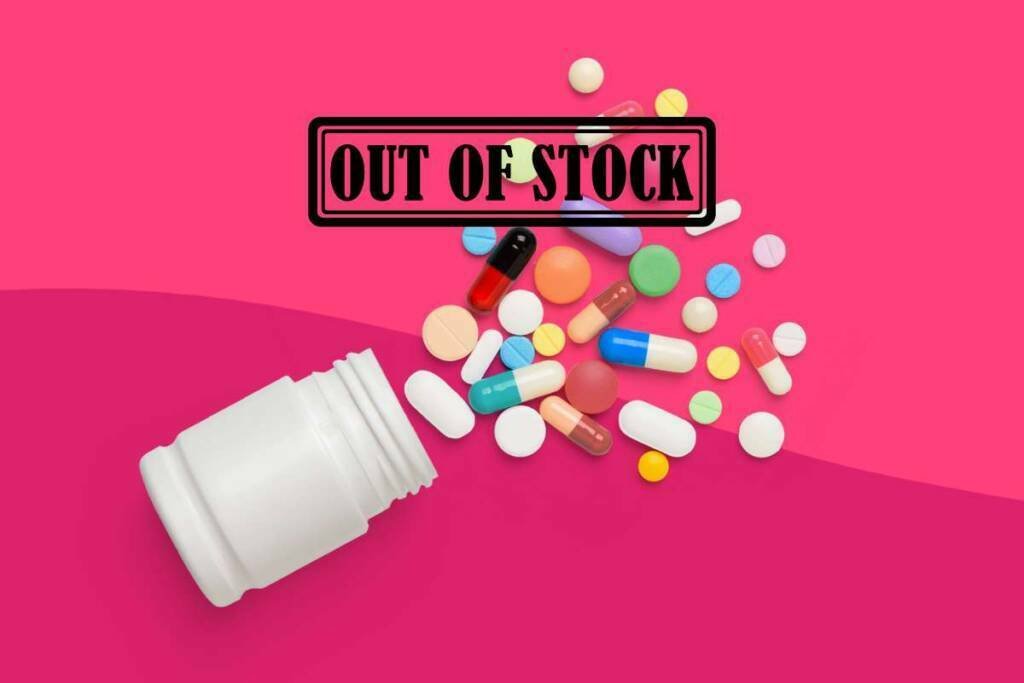A recent survey conducted by the American Society of Hospital Pharmacists (ASHP) has revealed that over 50% of hospital pharmacists in the United States are currently grappling with significant challenges in accessing cancer therapies.
According to the poll, 57% of respondents are facing “critical shortages” of chemotherapy drugs, leading to tangible repercussions on patient care. Nearly all respondents (99%) have encountered difficulties in obtaining certain medications. The scarcity also extends to other drug categories, including steroids, hormonal drugs, and oral liquids such as the antibiotic amoxicillin and the anesthetic lidocaine.
The ASHP noted that by the end of the second quarter of 2023, there were 309 ongoing drug shortages, marking the highest figure in nearly ten years and approaching the record high of 320.
This survey was conducted between June 23rd and July 14th, prior to a tornado-induced damage to Pfizer’s Colorado facility, which supplies approximately 8% of the sterile injectables demand in the US The full implications of this event are still being assessed.
The poll involved the participation of 1,000 hospital and health system pharmacists. Among them, 32% described the current situation as critical, necessitating the rationing, delay, or cancellation of treatments and procedures. An additional 63% labeled the shortages as “moderately impactful,” indicating that although they are finding workarounds, patient care is still adversely affected.
“Pharmacists are working diligently with other clinicians to provide safe and effective care, despite ongoing drug shortages, by finding needed medications, identifying substitutes, and managing changes to treatment plans when required. He added that in some cases however “there are no alternatives to the affected drugs, which puts patients at risk. This issue requires quick action from Congress to address the underlying causes of shortages and ensure patients have the medications they need.”
– ASHP chief executive Paul Abramowitz
After chemotherapy drugs, the next severely affected drug category was corticosteroids and hormonal drugs, with 28% of respondents characterizing the shortage as critical. Oral liquids (22%) and crucial emergency drugs like pre-filled syringes of epinephrine or atropine (18%) also faced considerable scarcity.
In addition to the implications for patient care, these shortages are also driving up costs for healthcare systems. Approximately one-third of pharmacists anticipate a 6% to 10% rise in medicine and labor budgets.
“Pharmacists have been managing drug shortages routinely for decades, but we’re now seeing longer, more persistent shortages. This reality is unsustainable for hospitals and patients alike.”
– ASHP chief executive Paul Abramowitz
The underlying causes of these shortages include disincentives for manufacturing very low-cost generic drugs like amoxicillin, which yield minimal profit for manufacturers. Furthermore, plant disruptions due to quality control issues or other factors can contribute to shortages, particularly for drugs with limited producers.
Policymakers in the US are starting to address this issue. A report commissioned by the Senate earlier this year revealed that new drug shortages in the country rose by almost 30% between 2021 and 2022. This led to recommendations for bolstering domestic US production of generics, often manufactured in India and China.





























